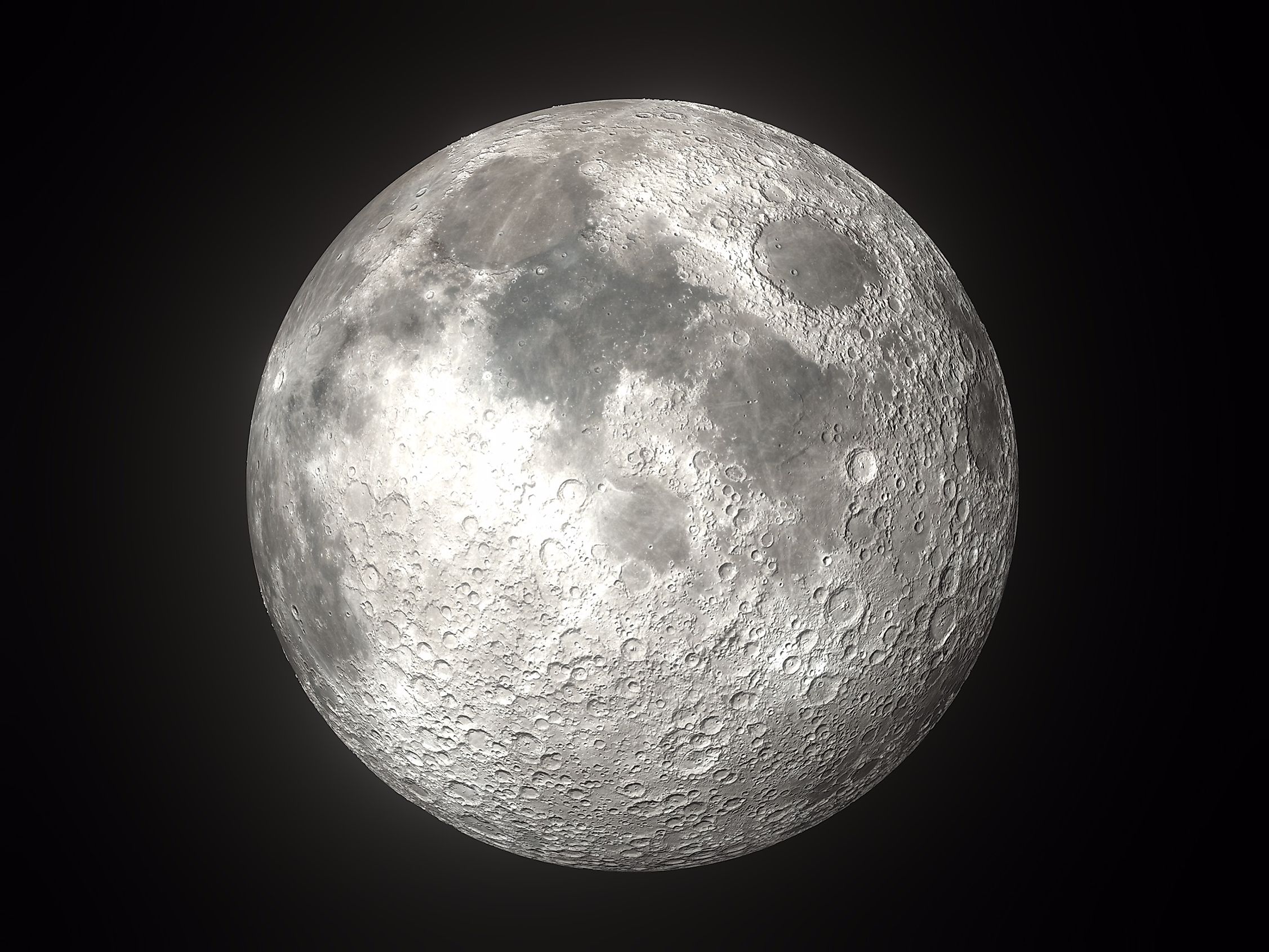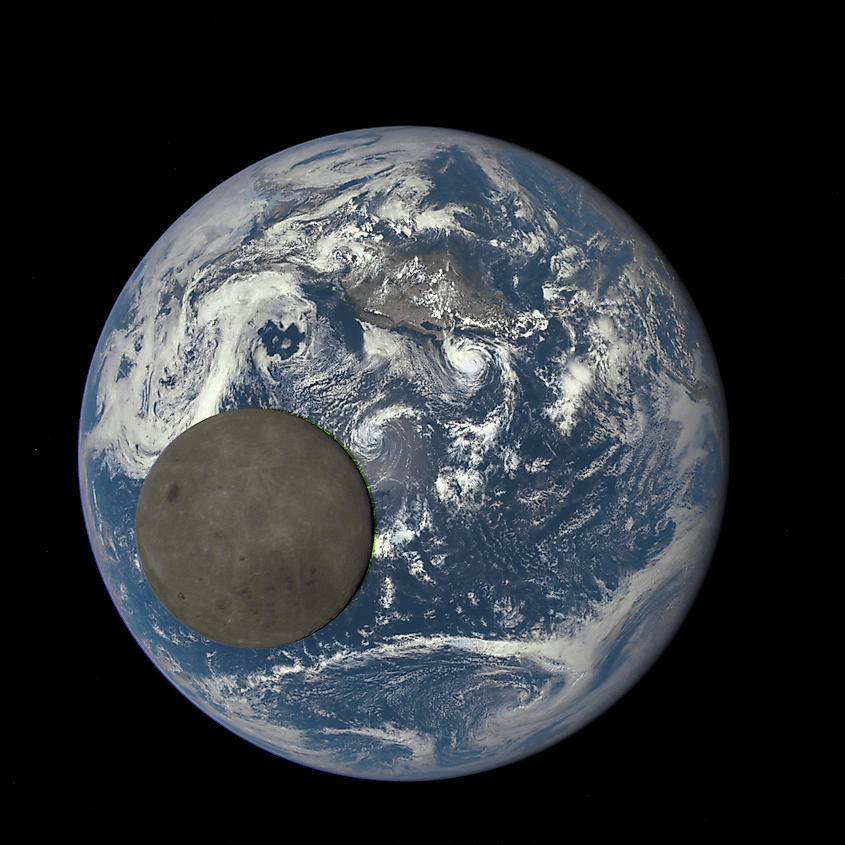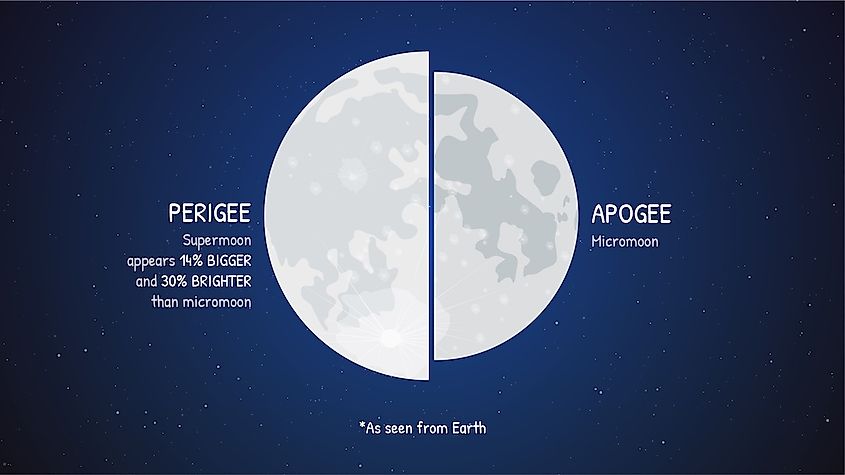
What Is A Supermoon?
We are all likely aware of the fact that Earth’s moon has phases that are based on how much of the moon we can see. The moon has a total of eight phases: new moon, waxing crescent, first quarter, waxing gibbous, full moon, waning gibbous, third quarter, and waning crescent. When the moon is full, the side of the moon facing the Earth is fully lit, allowing us to see half the lunar surface in detail. There are generally 12 to 13 full moons a year, and usually three to four of those are defined as supermoons. What is a supermoon?
The Moon’s Orbit

Simply put, a supermoon occurs when a full moon happens to coincide with the moon’s closest approach to Earth. Like every other object in the solar system, the moon’s orbit is not perfectly circular. Rather, the moon orbits the Earth in an ellipse. This means that the distance between the Earth and moon changes as the moon moves around the Earth. At its closest approach, the moon is around 360,000 kilometres away. At its furthest approach, the moon is 405,000 kilometres away. That’s an overall difference of 45,000 kilometres, which may not seem like much given how far away the moon is. However, that difference in distance is enough to make the moon appear larger or smaller depending on how far away it is. When the moon is both full and at its closest approach, it is defined as a supermoon due to the fact that it will appear larger than usual. Furthermore, when the moon is full and at its farthest approach, it is defined as a micromoon.
How Much Bigger Is A Supermoon?

On average, a supermoon will appear 14% bigger than a typical full moon. Interestingly, that 14% is actually rather difficult to identify during a supermoon. What is most noticeable during a supermoon is the moon’s brightness. The actual amount of light being reflected off the moon’s surface changes only by a small amount, yet the shorter distance between the Earth and moon at its closest approach means that more light reflected off the moon’s surface is reaching our world. During a supermoon, the moon will appear 30% brighter than a typical full moon.
Interestingly, the size and brightness of a supermoon can vary. Some supermoons appear larger and brighter than others. To date, the largest and closest supermoon recorded was on November 16, 2016. The next largest supermoon will be on November 25, 2034. The largest supermoon of the 21st century will occur on December 6, 2052.











